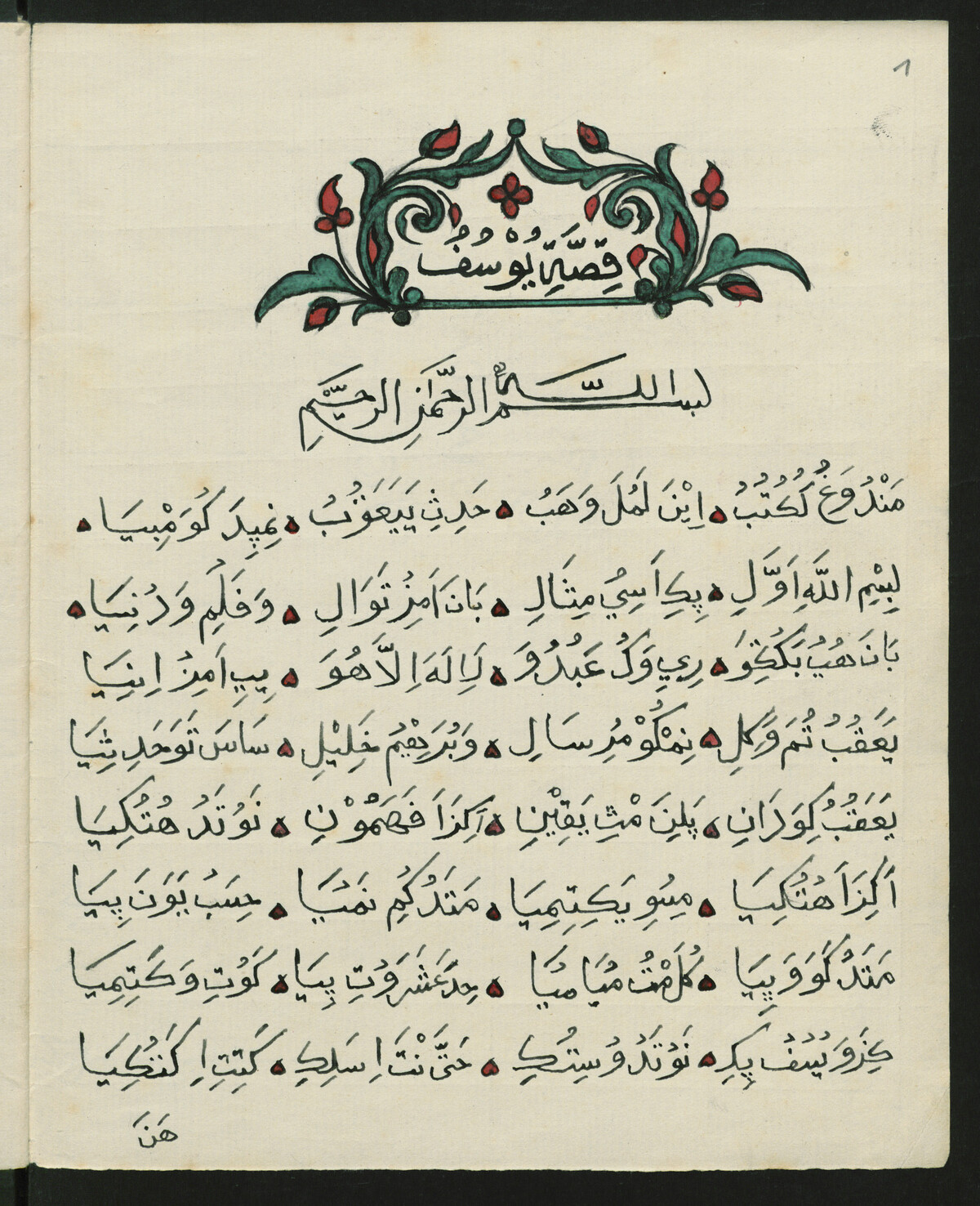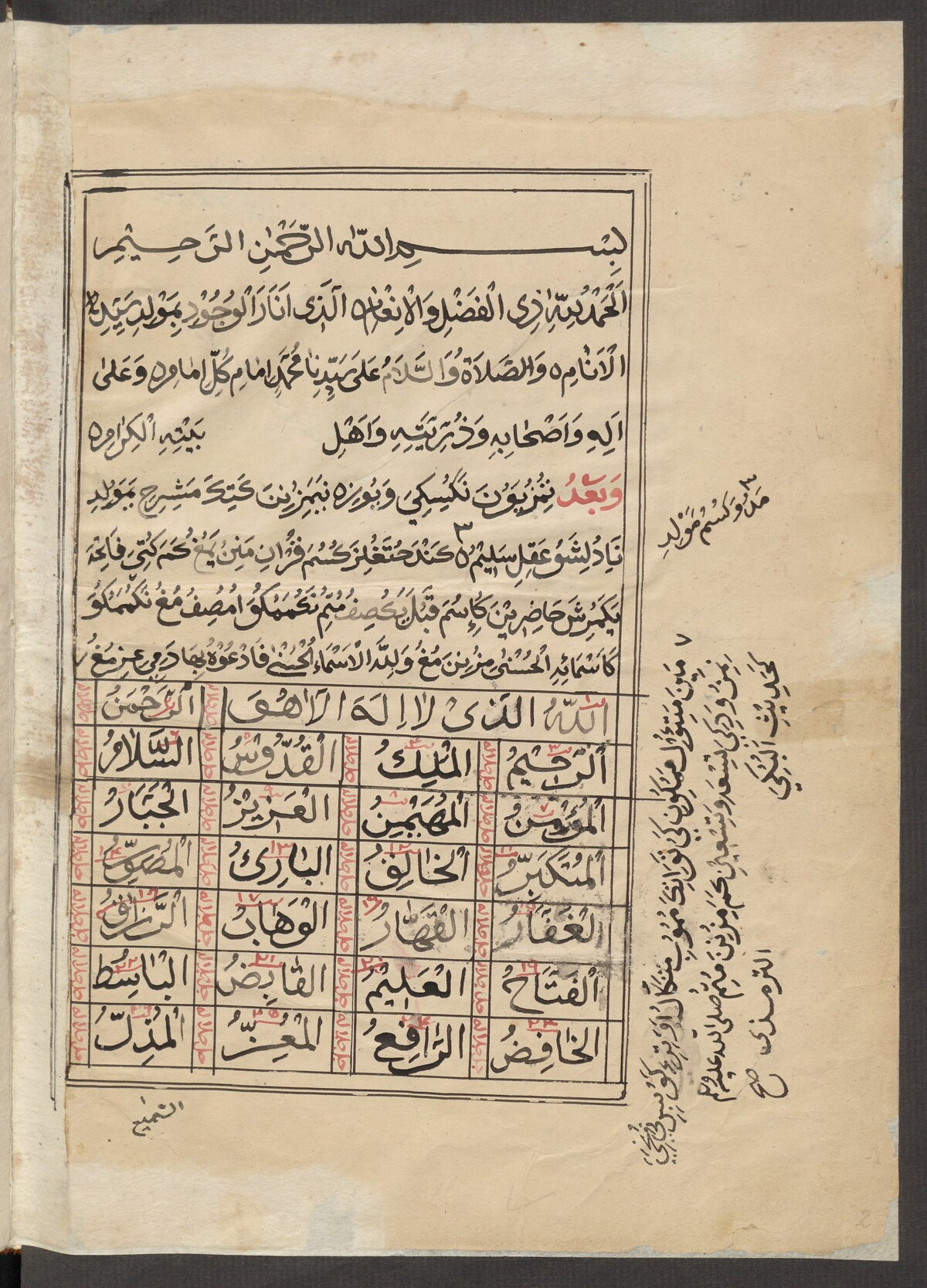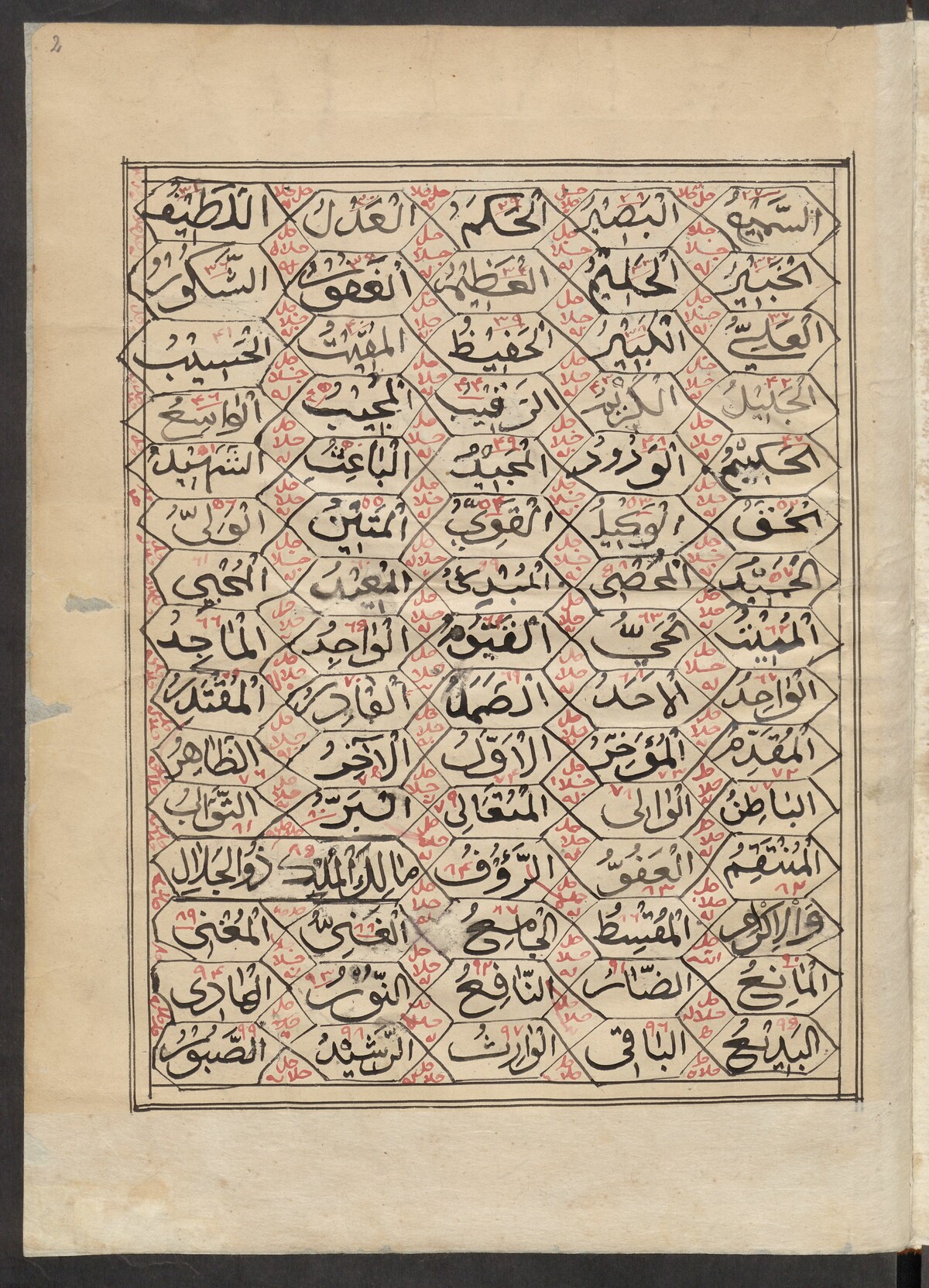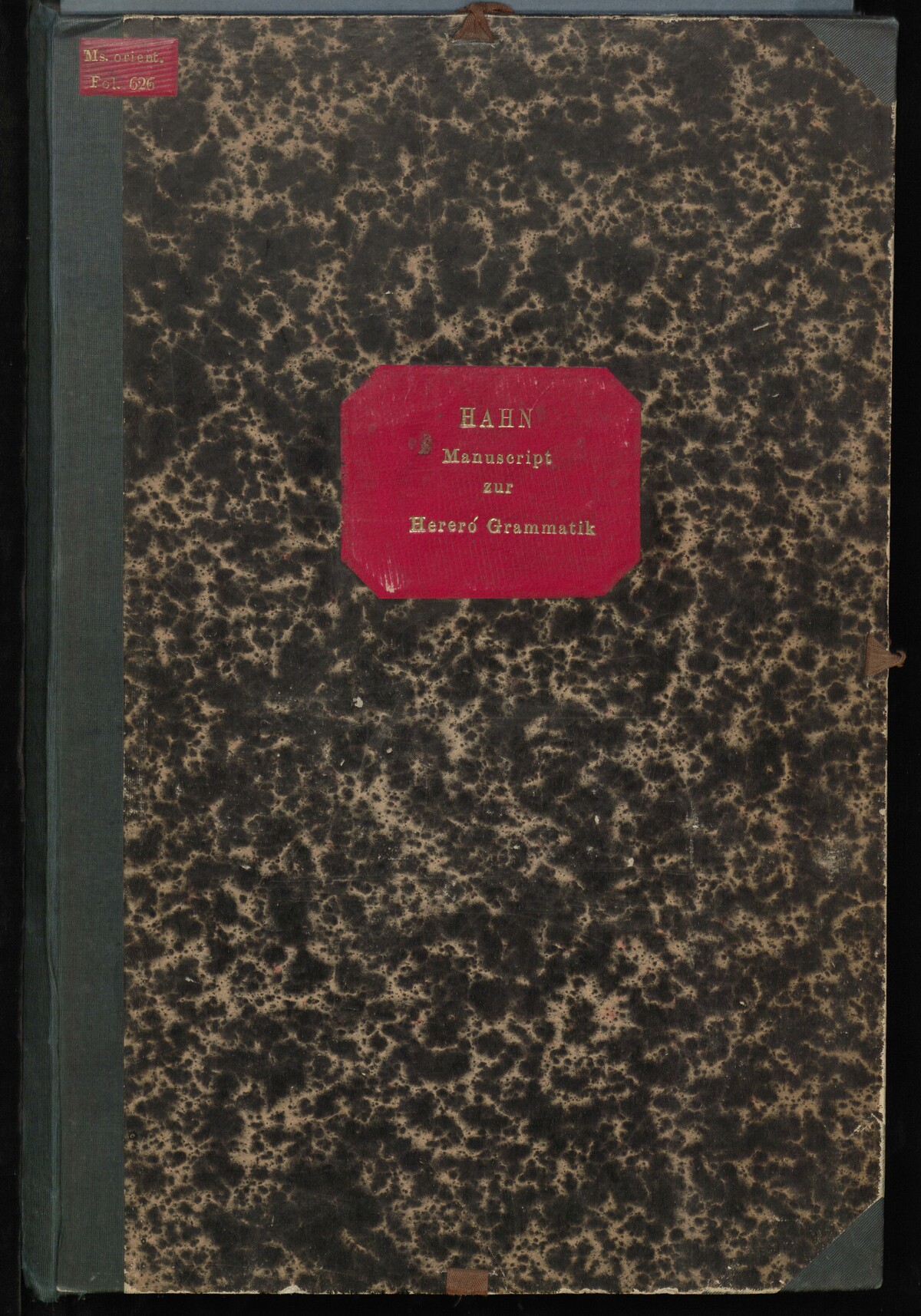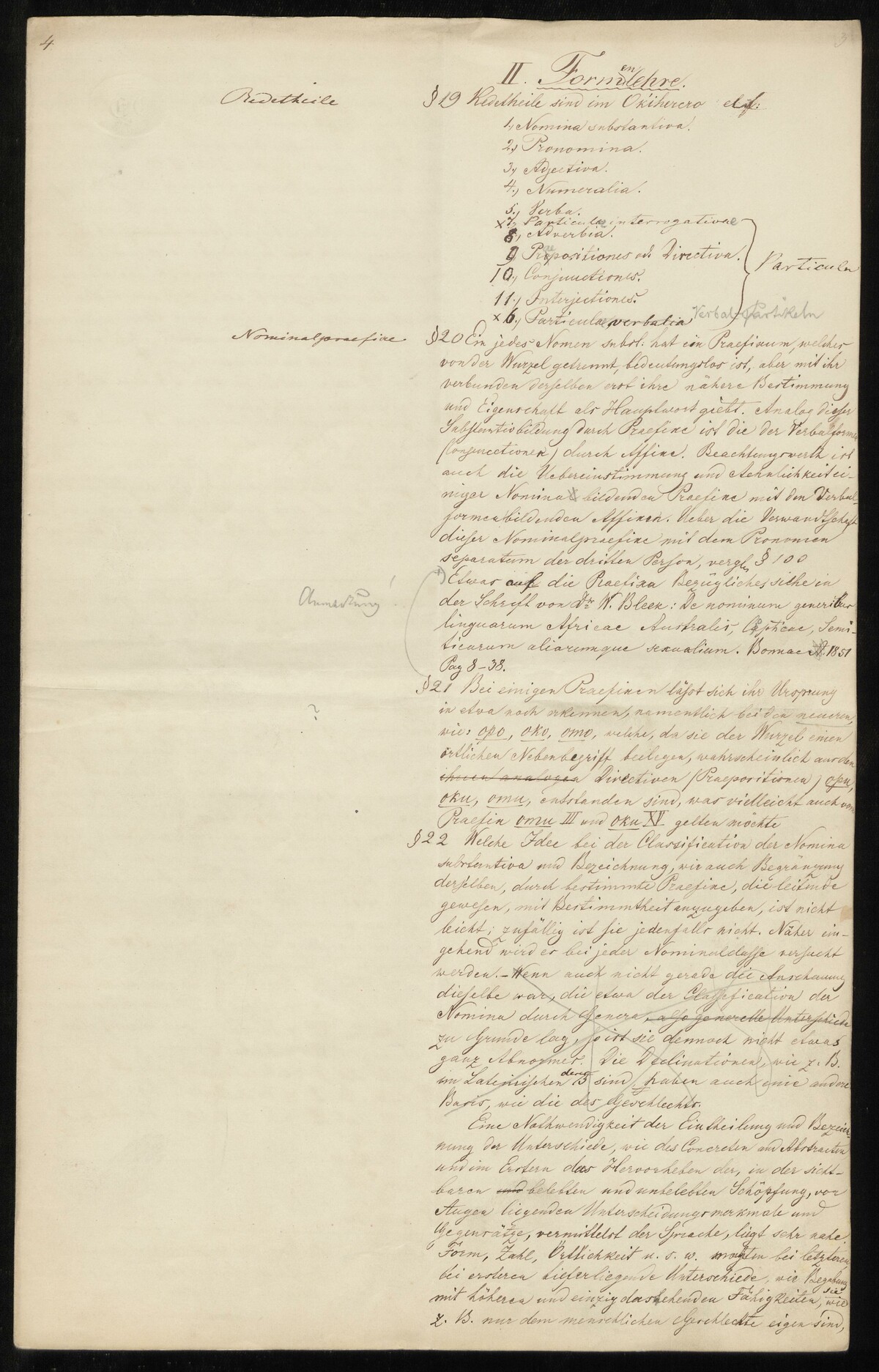Orient
African Manuscripts
The cataloguing of the African manuscript holdings began only after the 2nd World War and as part of the KOHD project.
Subsequently, two partial volumes "African Manuscripts" of the VOHD project were created:
Band 24,1 : Handschriften in Swahili und anderen Sprachen Afrikas / Ernst Dammann, 1993
The first volume, compiled by the Africanist Ernst Dammann, contains 687 entries and records manuscripts (mostly poems, letters, language samples and word lists or correspondence from mission stations) from several German libraries and mission archives.
The collection of 125 Swahili manuscripts (some of them bundles of several letters or notes) is the numerically largest African manuscript corpus in the State Library. Large parts of it come from the collection of Ernst Dammann, which he collected during his time as a missionary in Tanga and through later correspondence. In addition, the Staatsbibliothek zu Berlin preserves some manuscripts in other African languages such as Herero, Zaramo, Xhosa or Shambala. Noteworthy is a legacy of the Africanist A. Klingenheben (1886-1967) with notes on the Liberian Vai language (Hs or 2372).
In a second volume, "African Manuscripts", Ewald Wagner recorded the Islamic manuscripts of Ethiopia, which, unlike the Christian-Ethiopian manuscripts, had not yet been catalogued. (see "Ethiopian Manuscripts").
Band 24,2 : Islamische Handschriften aus Äthiopien / Ewald Wagner , 1997
This volume describes 88 manuscripts, 50 of which come from the Staatsbibliothek zu Berlin. All these texts are written in Arabic-script and written in Arabic, Harari, Silt'i or Amharic.
Literatur: Dammann, Ernst: Afrikanische Handschriften in Deutschland, München, 1990, 27 S.
